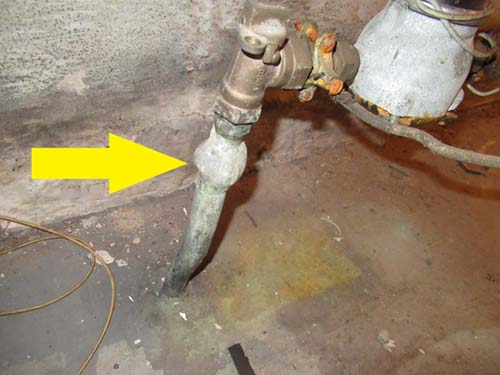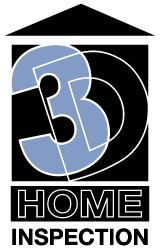Do you own an older home? If so, you may be aware that builders used lead pipes and solder to plumb older homes. These materials can transfer lead particles to the water that passes through them. Since then, we have learned more about the dangers of lead in our water.
What problems can come from lead in my water?
Water that contains lead is dangerous to drink or use in cooking. This is because lead particles you swallow or inhale accumulate in your body over time. According to the CDC, even small amounts of lead in your body can cause health problems like these:
- Behavior and learning problems in kids
- Anemia
- High blood pressure
- Kidney function issues
- Reproductive problems in both men and women

How do I know if my water contains lead?
Fortunately, there are several ways you can learn whether there is lead in your water.

Even if your home is not plumbed with lead pipes, the supply pipe into your home may be made of lead. This is true of many older homes in cities like Aurora, Chicago and Elgin. You may see an egg-shaped bulb like the one in this picture on the supply line into your home from the city. This is an indicator that the supply line is made from lead pipes. In fact, many older homes in our area have this issue.

You can find out about the quality of the water your community supplies to your home. The EPA requires all communities to produce an annual water quality report. Some communities even post the reports online. You can find contact information and reports (if they’re posted) for your local water system and here.

Testing is the only sure way of knowing whether your water contains lead. You can perform the test yourself using an at-home water testing kit. Home improvement and hardware stores sell kits that run from $11 – $40. You’ll probably need a more expensive kit to test for lead. Or, you can contact a local water treatment company do to the test for you.
What can I do if my water contains lead?
It can be very expensive to replace lead pipes in your home. As the homeowner, the water supply line from the community water source to your home is also your responsibility. However, some communities offer financial assistance to homeowners who want to replace lead supply lines. If you don’t want to or can’t replace lead pipes, here are some options to consider.
- Water that tests positive for lead is safe for bathing, laundry and other uses where you are not ingesting the water.
- You can install an iron filter for your drinking water supply. Learn more here.
- Frequently cleaning the filters on your faucets can help reduce lead build up.
- Drinking or cooking only with water that comes out of the tap cold can reduce your exposure to lead.
- The only way to virtually eliminate exposure to lead in your water is to use exclusively use bottled water that has been certified to be free of lead.
Current and future homeowners should be aware of the quality of the water their family is drinking. While a home inspection from 3-D Home Inspection does not include a water quality test, Mike often finds signs that the water may have issues. Contact us or give us a call at 630.392.4278 to learn how a home inspection can help you determine your next steps in protecting your family from exposure to water quality issues.
